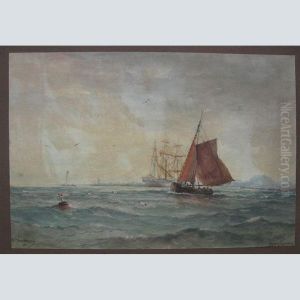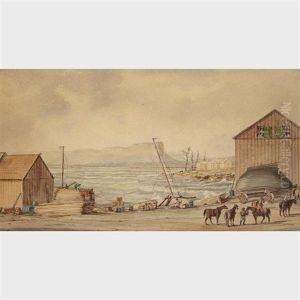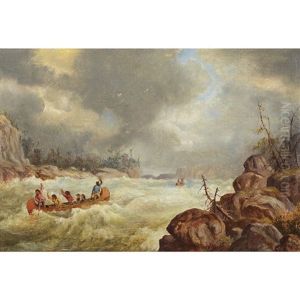William Armstrong Paintings
William Armstrong, born on July 14, 1822, in Newcastle upon Tyne, England, was not primarily known as an artist but as an inventor and industrialist. He was a prominent figure in the engineering world, having founded the Armstrong Whitworth manufacturing concern. However, Armstrong also had a passion for art, which can be seen throughout his life and his contributions to the arts.
Armstrong's interest in art manifested in various forms. He was a collector and patron, but he also tried his hand at painting, particularly in watercolors. While his engineering work and business ventures, such as the development of hydraulic machinery and the establishment of armaments factories, took center stage in his career, he maintained a lifelong appreciation for the arts.
Aside from his personal engagement with art, Armstrong's most significant contribution to the field was his role in the establishment of the Armstrong College in Newcastle, which later became part of Newcastle University. He was a benefactor to the institution, and his support helped foster education in both the sciences and the arts.
Armstrong passed away on December 27, 1914, at his home, Cragside, in Northumberland, which is itself a testament to his appreciation for art and innovation. Cragside was the first house in the world to be lit by hydroelectricity, and it was filled with art and technological novelties of the time. Today, it is preserved as a monument to Armstrong's life and work, including his artistic interests.
Although William Armstrong is not remembered primarily as an artist, his name is associated with the broader cultural movements of the Victorian era, and his legacy in the arts is intertwined with his considerable achievements in engineering and industry.




